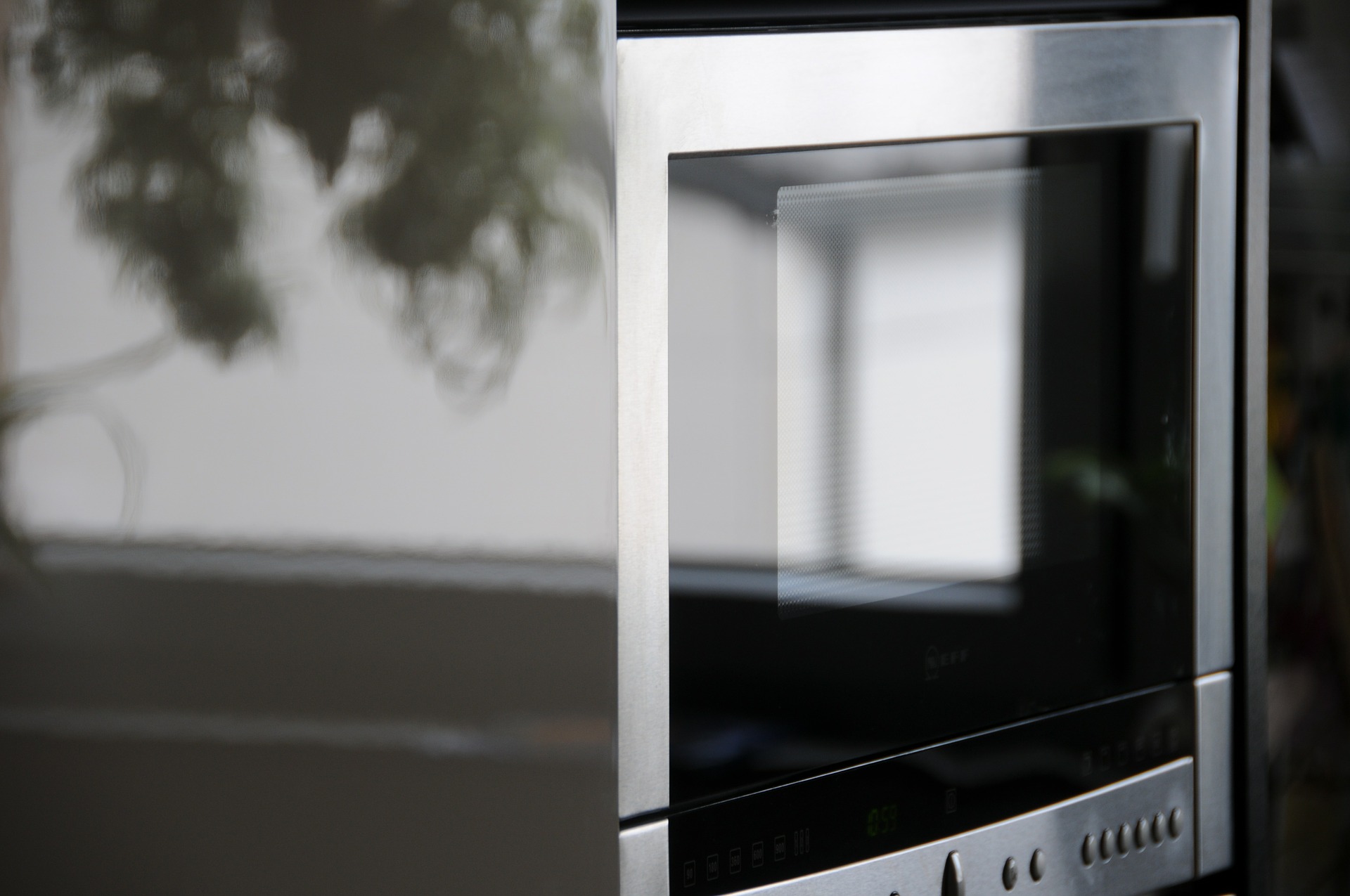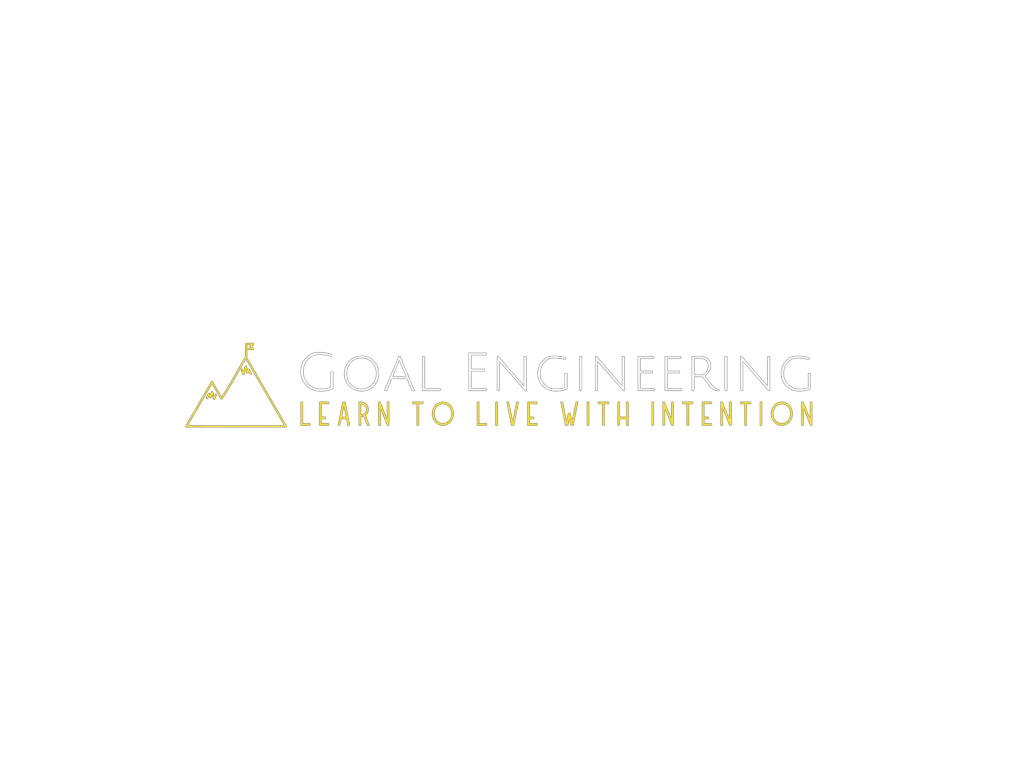You’d think that throughout 15 years of goal-setting experience that I’d have figured out how to set attainable goals faster. While I’ve got it down to a science now, it still took over a decade to see what it really meant for a goal to be attainable and how to consistently keep my goals attainable.
To set attainable goals you need to find the sweet spot where they’re not too difficult and not too easy with these 3 steps:
- Find out where to begin based on your recent performance.
- Start working on your goal so you can gather data.
- Review your performance and adjust as needed.
We’ll dive into these three steps in a minute, but first, we need to talk about the Goaldilocks zone.
The Goaldilocks Zone of Attainable Goals
You don’t have to know the story of Goldilocks and the Three Bears to know that when it comes to eating, your food can’t be too hot or too cold. It has to be juuust right or it’s not enjoyable.
This principle goes way beyond just being a cute bedtime story, too. Like, outer space beyond. Scientists refer to the distance that Earth is away from the sun as the “Goldilocks Zone” because it’s not too hot or too cold.
This idea is the reason you’re alive right now and not a popsicle or ash. If something is vital to you being alive, that means it’s pretty important. It’s even the determining factor in whether or not your goals are going to make it.
When it comes to your goals, you want to be in this “not too hot not too cold” Goldilocks Zone as much as possible. Although you’re not worried about hot or cold, unless your goal is to learn how to cook kalua pork like I’ll be doing this weekend.
For your goals, what matters is the difficulty level. Each goal you set can’t be too hard or too easy.
If your goal is too hard, you’re going to struggle to stick with it because you’ll struggle with burnout. Setting a new year’s goal to run 5x per week is definitely too much if you haven’t run once in the previous year. You’re going to want to give up on day two, and by day three you’ll be hating yourself because you think you suck at changing your life.
Which, by the way, you absolutely don’t suck at setting goals. You’re perfectly capable, you just need to learn how to make your goals attainable so they stick!
The flip side of this is true also. Setting easy goals is a good way to make them more do-able. But go too easy and you’ll soon feel bored. Nobody feels that great about themselves after running ¼ mile every day, unless they know that it’s just a start to get where they really want to be.
What you need to find is that perfect “Goaldilocks Zone” where your goals are not too hard and not too easy. Because when they’re juuust right, you’re going to have the power to stick to your goals and change your life.
Setting Attainable Goals is Like Heating Up Food in the Microwave
Getting into the Goaldilocks Zone is kind of like putting food in the microwave to heat it up.
You start by making an educated guess that it will take 90 seconds to get that leftover teriyaki chicken to just the right temperature to eat.
After putting it in the microwave for that long, you take it out and taste it to see if it’s too hot or too cold. It might take a couple more tries to get it just right, but you keep going because teriyaki chicken is delicious and you’re hungry!
Each time you’re doing the same process of making an educated guess, trying it out, then seeing what happens after.
Setting attainable goals is the same way. You need to begin, gather data, and keep adjusting as you go to keep them attainable.
Your hunger for reaching your goals can drive you to make them attainable just like your hunger for real food drives you to keep trying to get it at the right temperature to eat. Once you master this skill, your goals will get energy like never before, just like when you fuel your body with the right foods.
And the first step is to discover where to start.
1. Find Out Where to Begin
Start where you are. This advice has helped me get off on the right foot hundreds of times. But I understand it’s not as straightforward as just saying those four words aloud.
It takes effort to intentionally think about where you are right now. But that effort is worth it because if you start too big, you’re going to get frustrated and want to give up on all of it, Goaldilocks Zone and all.
Here are just a few examples of questions you can ask yourself to get started discovering where you’re at right now. These aren’t meant to make you feel bad, they’re to help you get the right start so you can get to where you want to be:
- When was the last time I exercised consistently?
- How well have I been sleeping lately?
- On a scale of 1 to 10, how healthy has my diet been recently?
- How have I done at spending time with loved ones?
- Have I been meditating or taking time to work on my spiritual growth?
- Have my income and job opportunities or chances for advancement in my current job been improving?
These are just a few examples, the specifics of what you ask yourself might be different.
And again, there’s no need to be hard on yourself here. Remember, the better your idea of where you’re at, the more likely you’ll succeed from the start. Say to yourself “this isn’t time for me to be mad at myself, it’s a chance for a fresh start.”
Once you have an idea of where you’re at, you can then determine where to begin. If you haven’t been exercising regularly, for example, you should not try to workout 5x per week. That’s a goal that’s too big and you’ll burn yourself out with it. Instead, go for just once or twice a week at the start.
If you’ve been fairly consistent recently but aren’t where you want to be, consider challenging yourself a little more. Maybe you already exercise twice a week. You can set a goal to go for three times a week or to make those exercises longer or more intense.
There’s no need to spend too much time at this step though. Even if your goal is a little too high or a little too low right now, that’s alright! How often do you microwave something and get it just right on the first try?
Okay, maybe you’re already pretty good at knowing it takes your microwave 140 seconds to get leftover lasagna just right, but to get to that point you had to do some guesswork!
Remember that you can only get the information you need to keep making your goals attainable once you start. So just begin!
2. Just Start So You Can Get Data
Early in 2018 I was considering starting to write on Medium.com. I was scared and needed advice, so I turned to a top writer for help. He only gave me two words:
“Just begin.”
Fast-forward eight months and I’d written over 200 articles on Medium, became a top writer in a few categories, and earned almost $2,500 from my writing alone.
I found that getting my minimum viable ideas out there was the fastest way to learn because it taught me what I was doing right and wrong better than any sort of preparation could. I got to adjust my writing based on what people liked only after I decided to finally get over my fears and hit publish.
But the story doesn’t end there. The day after Christmas in 2018 that top writer emailed me asking if I wanted to write for one of his websites. Of course I accepted, and three years later I’m still working with him and making a full-time income from it.
I get to work from home, spend more time with my family, and do work I love, all because I stopped overthinking and just got started.
That’s just another cool benefit of beginning, you gain momentum and things just keep getting better and better.
Let that motivate you to just start right now. Whatever it is you want to accomplish, just begin, even if you don’t think you’re ready. Because the truth is, you’ll never really be 100% ready for anything, and that’s okay.
But what you’re really after is the information that working on your goal is going to give you, which is what we’ll get into next.
3. Review Your Performance and Adjust As Needed
The most crucial part of my entire goal-setting system is my weekly review. It’s what’s helped me stick to my goals for the last two years straight since I started doing it. It also keeps my goals attainable at all times because I’m constantly aware if a goal is too difficult or too easy.
A weekly review of your goals is like tasting your food after it comes out of the microwave to see if it’s too hot or cold. The only way to see if you need to push yourself harder or ease up a little is by asking yourself “how did I do this week?”
That’s the foundational question of your weekly review, but there are others you can and should ask yourself to make sure your goals are always attainable. Here are two of the most crucial that I ask myself each week when I review each of my goals:
- Did I overperform at this goal?
- Did I underperform at this goal?
This is like the thermometer gauging whether your goal is too hot or too cold. Or too difficult or easy, rather.
Overperformance is when you did more than what you said you would.
Maybe you ran four times instead of just two. This is vital because it tells you when your goal is too easy. If you’re doing more than you expected of yourself, that means you set your expectations too low. You need to go higher.
If this is the case, re-adjust your goal. The next week you might set your goal to be running three times instead of just two.
But the estimation and review process doesn’t just stop there. The week after that you’ll review your goals again and see how you did and make another adjustment. Maybe you only ran twice, so you need to go back down to two weekly runs again.
Underperformance is the opposite problem. It’s when you’re doing less than what you said you wanted to do.
If you set out to run five times in a week but only got in three runs, you underperformed. This is an indication that your goal is too difficult and needs to be reduced. So you determine to try for just twice a week to make sure you don’t underperform again. The week after you might see that you actually did three runs. So you reset your goal to be three runs.
Eventually, after a few weeks, you’re going to get the hang of it and see that Goaldilocks Zone much more clearly. It’s like when you finally figure out that your microwave needs two minutes to heat up meatballs instead of just one minute!
Continue guessing and adjusting and your goals will stay attainable. When your dreams feel like they’re in reach like that, you will have the power to stick to your goals and change anything about your life that you want.
Let’s Wrap This Up to Go
All this talk of food is making me hungry for my leftover white bean chicken chili. If I remember right it’s going to take 90 seconds to heat up in the microwave. But I’ll just have to try that and adjust if I’m wrong!
Here are those steps to help you set attainable goals one more time so you don’t forget them:
- Find out where you are and set a goal accordingly.
- Just start!
- Review your progress regularly and adjust to make your goal attainable.
I’ve been doing this process for the last few years and I’m confident that it works. It’s helping me stick to my goals and I know it will do the same for you!





